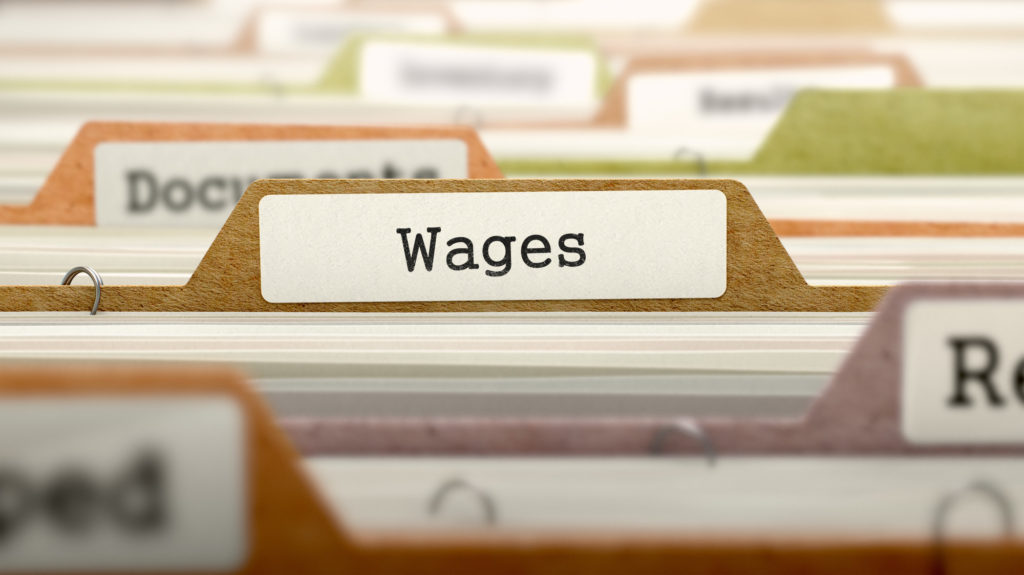
Whether you’re just starting a business or you have hired your first new employees, figuring out how to pay them is a crucial step in your path as a proper business owner.
Legally, as an employer, you are obligated to pay those individuals who work for you. You’ll also need to be paying them the proper wages and deductions. By not doing so properly, you risk extremely high fines, loss of your business license, and can even face jail time.
Are you trying to figure out the best way to go about paying employees? Read this article to learn more about how to do employee payments.
Setting Up For Employee Payments
Before you begin attempting to run a payroll, you need to make sure all your ducks are in a row. You will need to register and set up an EIN for tax withholding for each state your employees work and reside.
You will also need to lookup workers’ compensation regulations for each state you will be running payroll in to ensure you are meeting the minimum regulations and requirements.
Additionally, check to see if there are any other deductions or additions that need to be made in the state that you are operating.
We recommend you enlist the help of a Chartered Professional Accountant (CPA) to make sure you’re on the right track and ready to go with the right accounts set up. They will also help you with tax deductions on employee salaries and keep you on track with what you need to document and collect throughout the year.
Ways to Pay Employees
There are a few ways to pay your employees. Some options offer speed and convenience, and others will require a little more work on your end.
Above all keeping track of the way and how much you’re paying your employees will be important in the event of an audit. You will also need to keep records on your end of year tax submissions, a CPA can help you with what you will need to collect and submit for the end of the year.
Below we’ll break down the pros and cons of each most seen method.
Direct Deposit
The most popular method of payment is direct deposit. This method is convenient for both you as an employer and for your employees. You’re able to set up to automatically withdraw from your company account and deposit the proper amounts for each employee.
Direct deposit also ensures that the right amounts are deducted from your account each month. This will help in budgeting and financial forecasting so that your account balances are always reflective of money activities.
Cheques
Another option for paying employees is by printing cheques. Cheques are an alternative option to direct deposit and can either be made in the office or mailed to employees’ homes.
This option can be cumbersome. You will need to keep records of the cheque stubs and trust that employees will deposit their cheques without losing them.
With this option, your business bank account may not be reflective of a true balance as some employees may take their time to cash their cheques.
Cash
Possibly the worst method to choose is paying employees by cash.
This method is considered pretty sketchy to the IRS as they will question whether you’re taking the proper deductions from employee wages. You will also need to keep very detailed and meticulous logs of the cash going out, the deductions made, and when it was done.
We don’t recommend this option for anyone as it’s more trouble than it’s worth.
How Do I Pay Employees
The next question you will need to ask yourself is how do you pay employees.
You will need to determine the best option for you and your business that will make bookkeeping easier for you. You will need to pick both the “how” and the “when” you are looking to make employee payments.
Hourly vs Salary
When it comes to employee payments, you have two options; paying per hour, and paying salary. What method you choose is depending on the type of job your employee is conducting.
If your employee has varied hours per day that sometimes adds up to various weekly hours, it might be best to pay them hourly.
Hourly wages make it easier to keep track of paying the employee exactly for the times that they were on the clock. You will typically see this with part-time jobs, retail, and in the service industry.
If your employee has set hours without variation each week, it may be beneficial to pay them a salaried wage instead.
Salaried wages are an easier way to keep accurate financial projections as they won’t change unless an increase is granted. You will typically see this type of pay in a 9-5 office setting.
Weekly, Bi-weekly, Semi-monthly, Monthly
Your next decision will be what your pay cycle will be. There are four options to choose from when deciding how you will pay your employees.
Weekly payments are typically used for the types of jobs that don’t have guaranteed hours every week. This can be used for seasonal jobs for example or in instances where job position tasks are short and if there is high employee turnover.
Bi-weekly payments are the most common method of a pay cycle. Wages will be paid to employees every other week for two weeks of work. This pay means there will be withdrawn from your account every two weeks to pay employee’s salaries.
Semi-monthly is similar to bi-weekly except employees will have two of the same days each month that payroll occurs on. For example, an employer may select the 15th and the 31st (or 30th) of every month for wage payments. This means that every month it is the exact same days.
The final option for pay cycles is monthly wage pays.
This type of wage pay occurs on one selected day a month. It can be any day the employer chooses provided it covers 30-31 days of work. Although infrequent, this type of pay cycle requires only one calculation each month for employee wages.
Whichever option you choose, ensure that it’s the best option for your business based on the type of employment you have, the amount in wages you pay, and the nature of your business. For example, you wouldn’t pick the monthly pay cycle option if you have part-time employees making minimum wage.
Keep your employee’s needs in mind when making these decisions as for some people this can be a deal-breaker in whether they accept a job offer or not.
Should I Get A Payroll Software?
With all this information so far in mind, you may be asking yourself if you can do all these calculations on your own. Thankfully, with the technology we have today you don’t have to do any calculations manually!
You should take a look at various payroll services for businesses that offer options of full-service payroll functions (meaning they run things for you), or even just payroll calculators.
This will make deduction calculations a breeze for you and save you the headache of clawing back improperly made deductions from employees. Or worse yet, getting in hot water with the IRS.
If you’re someone who doesn’t want to be bothered with making calculations or worrying about submitting payroll on time, a full-service function may be best for you. If you want to be more hands-on with employee payments, finding and selecting just the software calculation and self-serving the rest will be best.
Whichever method you go with, just make sure you’re erring on the side of caution and following all applicable state and federal laws surrounding payment deductions to avoid any issues.
Fines and fees can accumulate quickly in these instances and can bankrupt a company. Be cautious and don’t make those mistakes.
Ready For Employee Payments
With all the above information you should be more than ready to get your employee payments ready to run from start to finish.
Make sure to read up on all applicable laws for the state that you’re going to be running payroll in so that you’re paying out the proper amounts to your employees.
If any questions come up about your finances and taxes applicable for payroll we recommend getting in touch with your CPA to get the right answers.
Be sure to check out the rest of our site for more informative content for you and your business.




















